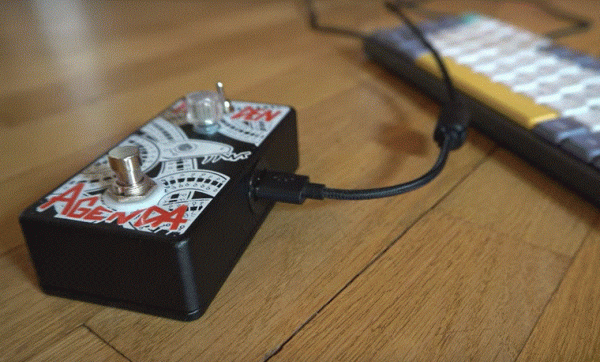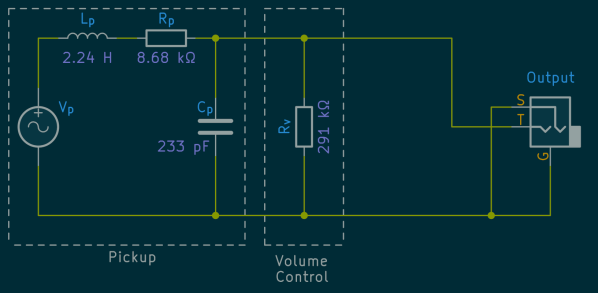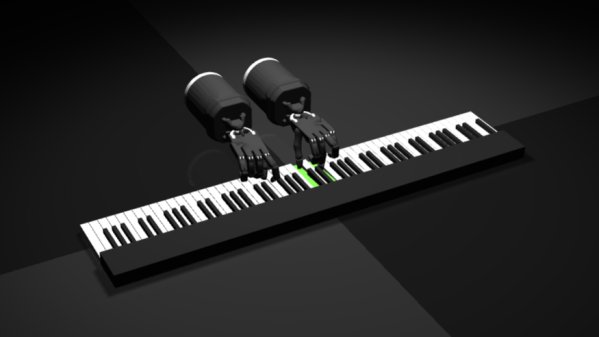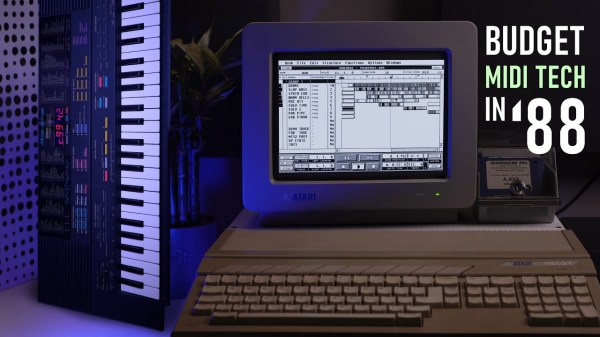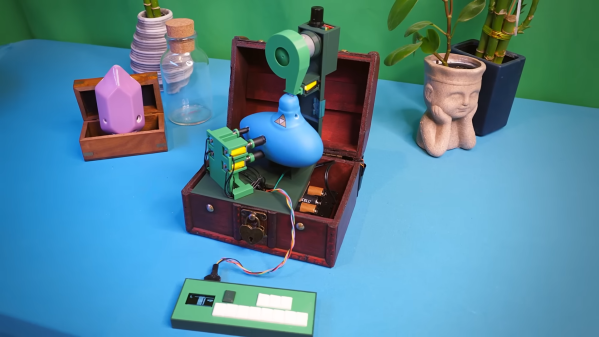Effects pedals for musical instruments like electric guitars can really expand a musician’s range with the instrument. Adding things like distortion, echo, and reverb at the push of a button can really transform the sound of a guitar and add depth to a performance. But [Guy] wondered why these effects should be limited to analog signals such as those from musical instruments, and set about to apply a number of effects to the use of computer keyboards and mice with this HID effects pedal.
The mouse is perhaps the closer of the two to an analog device, so the translations from the effects pedal are somewhat intuitive. Reverb causes movements in the mouse to take a little bit of extra time before coming to a stop, which gives it the effect of “coasting”. Distortion can add randomness to the overall mouse movements, but it can also be turned down and even reversed, acting instead as a noise filter and smoothing out mouse movements. There’s also a looper, which can replay mouse movements indefinitely and a crossover, which allows the mouse to act as a keyboard.
For the keyboard, included effects are a tremolo, which modulates between upper- and lower-case at certain intervals; echo, which repeats keypresses; and a pitch-shift which outputs a “higher” character in the alphabet above whichever one has been pressed. Like the mouse, there’s also a crossover mode which allows the keyboard to be used as a mouse.
The device looks and feels like an effects pedal for a guitar would, with a RP2040 inside to intercept HID information, do the signal processing, and then output the result to the computer. And, while [Guy] admits this was a fun project with not many practical uses, there are a couple handy ones including potentially the distortion effect to smooth out mouse inputs for those with neuromuscular disorders or the mouse looper to act as a mouse jiggler for those with micromanaging employers. It’s also reprogrammable, and as we’ve seen since time immemorial having a programmable foot keyboard can be extremely handy for certain workflows.
Continue reading “An Effects Pedal For Keyboards (and Mice)”

